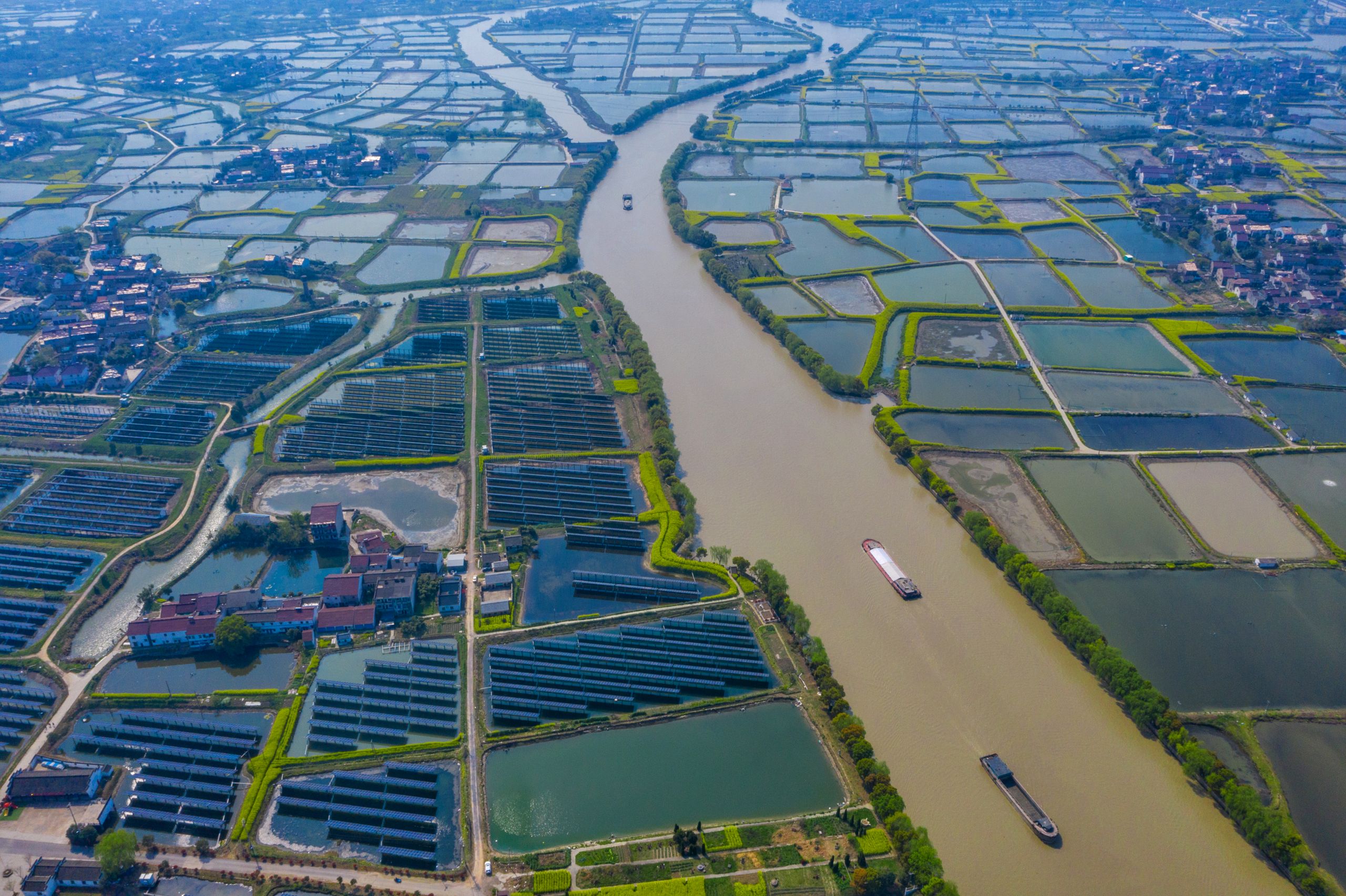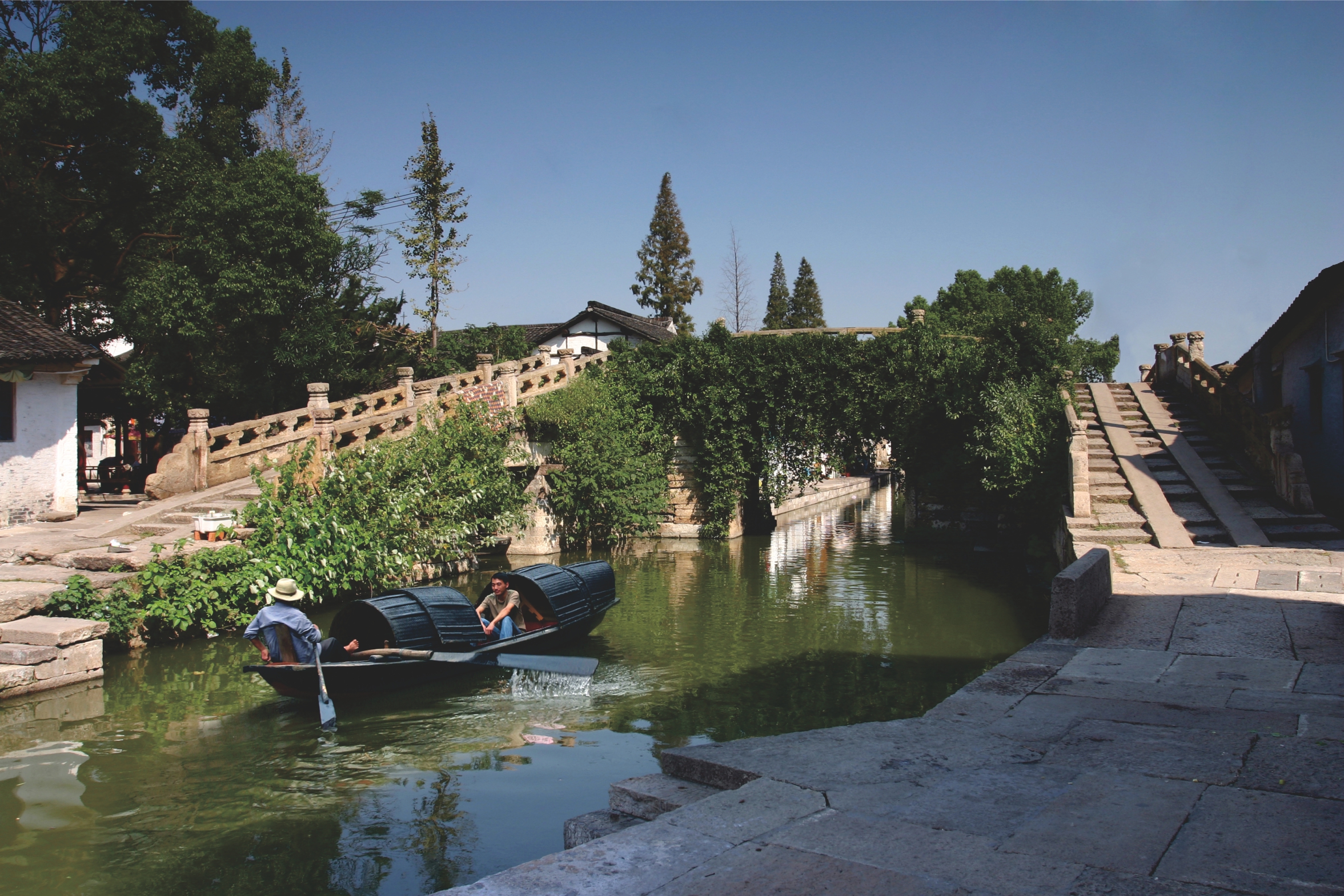Zhejiang Section of the Beijing Hangzhou Grand Canal
Video Exhibition
One river runs through China’s ancient and the modern time for thousands of years. As a unique cultural heritage, the Grand Canal is the living and flowing spiritual home of the Chinese nation. The Grand Canal has left Zhejiang with profound historical and cultural treasures. Bridges, old roads, famous cities and ancient towns, operas, folk custom, stories and legends are shining throughout history. The Grand Canal flows through five cities in Zhejiang Province. Along the Grand Canal, there are rich cultural and tourism resources and numerous historical relics, forming a new channel for cultural and tourism integration.
(1) Hangzhou Section of the Beijing Hangzhou Grand Canal
The Beijing Hangzhou Grand Canal is the earliest and longest canal in the world. It starts from Yuhang (today’s Hangzhou) in the south to Zhuojun (today’s Beijing) in the north. It connects the five major water systems of Haihe River, Yellow River, Huaihe River, Yangtze River and Qiantang River. With a total length of about 1797 kilometers. It has promoted the exchange of goods and materials between the north and the south of China and centralized management of the riverside areas. It witnesses the superb wisdom, determination and courage of the Chinese people, as well as the outstanding achievements of the eastern civilization in water conservancy technology and management. After more than 2000 years of continuous development and changes, the Grand Canal still plays an important role today.
On both sides of the Beijing Hangzhou Grand Canal (Hangzhou section), a cultural and leisure experience corridor and a golden line of water tourism have been formed with natural ecological landscape as the core axis dotted with historical streets, cultural parks, museums, temples, and heritage sites. The Beijing Hangzhou Grand Canal waterway upgrading project was fully completed at the end of May 2022, realizing the completion of the 30.4km greenway from Fengqi road to Shixiang Road on both sides of the Beijing Hangzhou Grand Canal (Hangzhou section). The millennium canal was to welcome the Asian Games in Hangzhou with a brand-new look. The Beijing Hangzhou Grand Canal (Hangzhou section) also embodies the culture of Wu Yue and Song eras. It is an important window to show the influence, cohesion and appeal of Chinese civilization.
(2) “Butterfly loves Hangzhou” Intangible Cultural Heritage Promotional Film
“Butterfly in love with Hangzhou” invites you to feel the charm of Hangzhou’s intangible cultural heritage. Human intangible cultural heritage includes Chinese seal cutting, ancient zither art of Zhejiang School, and the solar term of starting summer of Banshan; National intangible cultural heritage includes Huqingyutang traditional Chinese medicine culture, Xiaorehun, legend of Liangzhu, woodblock printing, fan making technique of Wangxingji, Chinese dressmaking technique of Zhenxing, silk weaving technique (Hangzhou brocade technique), green tea making technique (West Lake Longjing); The provincial intangible cultural heritage includes Zhongtai bamboo flute making skills, Fuyang paper umbrella making skills, Qingke bird cage making skills, Tianzhu chopsticks making skills, Hangzhou cuisine cooking skills, composite rubbing skills, Hangzhou embroidery, etc. The demonstration of these projects will present you with a feast of Hangzhou intangible cultural heritage.
At present, 4 projects in Hangzhou have been listed in the representative list of human intangible cultural heritage by UNESCO; there are 44 national intangible cultural heritage projects leading in a number of similar cities in China; there are 184 provincial intangible cultural heritage projects ranking first in number at the province; there are 368 municipal intangible cultural heritage projects.
In recent years, Hangzhou Municipal Administration of Culture, radio and Television and Tourism has taken measures of “scientific protection, capacity improvement, value promotion, development and revitalization” as its main task to further promote the protection of intangible cultural heritage, improving the intangible cultural heritage inheritance system, and raising the level of intangible cultural heritage protection and inheritance.
(3) Follow the Canal to See the Sea
The Beijing Hangzhou Grand Canal is the longest, oldest and largest man-made canal in the world. It is a treasure of world cultural heritage. At the southernmost end of the Grand Canal and the link of the Grand Canal and ocean, Ningbo is the starting point of the “maritime Silk Road”. This eastern departure port is like a brilliant pearl on the Grand Canal, shining in the history. It not only connects the north and the south of China geographically, but also influences the world culturally. The history of Ningbo witnessed the romantic encounter of the “Grand Canal” and the “Maritime Silk Road”, two world-class cultural heritages.
“Scenery all around, good food everywhere”, the canal and sea brings us to ocean trip, the blessing trip and the poem trip. Here we experience the ocean the Silk Road culture, gulf scenery, Buddhist temples on the island and the delicious seafood of Ningbo. With the “the Belt and Road” initiative, Ningbo, a city of river and sea, is drawing a more beautiful picture!
(4) Jiaxing Tourism Promotion Film
Jiaxing is located in the northeast of Zhejiang Province, facing the sea in the East, Qiantang River in the south, Taihu Lake in the north, Tianmu water in the west. The Grand Canal runs through this territory. This famous historical and cultural city has 7000 years old civilization, 2500 years historical written records and 1700 years city history. Its brilliant history nourished prehistoric culture, canal culture, ancient town culture and red culture. Together these form the charm and soul of the culture south of the Yangtze River. Open the book of Jiaxing City, a canal leads to the ancient culture. Zi city represents cultural foundation, the red boat of CPC progresses steadily in the beautiful country. The profound historical heritage is everywhere.
In Jiaxing, you can enjoy the beautiful tranquility of the water town in the south of the Yangtze River. The Grand Canal passes through the city, Wuzhen and Xitang are bright like the stars, and the Zicheng ruins park is vividly presented. Jiaxing, a beautiful, open and welcoming city, is opening its arms to meet you in this summer!
Photo Exhibition
One river connects the ancient and the modern, and one culture spreads for thousands of years. The Grand Canal (Zhejiang section) is a shipping hub in the south that has lasted for thousands of years. The Chinese character “Hang” of the Beijing Hangzhou Grand Canal refers Hangzhou, Zhejiang. The Zhedong Grand Canal is an extension of the Beijing Hangzhou Grand Canal. Starting from Hangzhou, it passes through Shaoxing and Ningbo, and finally enters the sea at Sanjiangkou of Ningbo. The Zhedong Grand Canal is an important link of the land Silk Road and the Maritime Silk Road. It is also a road for cultural exchanges between China and foreign countries. Today, the Grand Canal flowing through Zhejiang is full of new vitality based on its profound heritage. From riverside families to science and technology towns, from ancient bridges and ferries to art areas, the proposed Asian Games venues are rising along the river, and the industrial relics are revitalized. The canal bank area has presented a modern life of green ecology, vitality and openness.


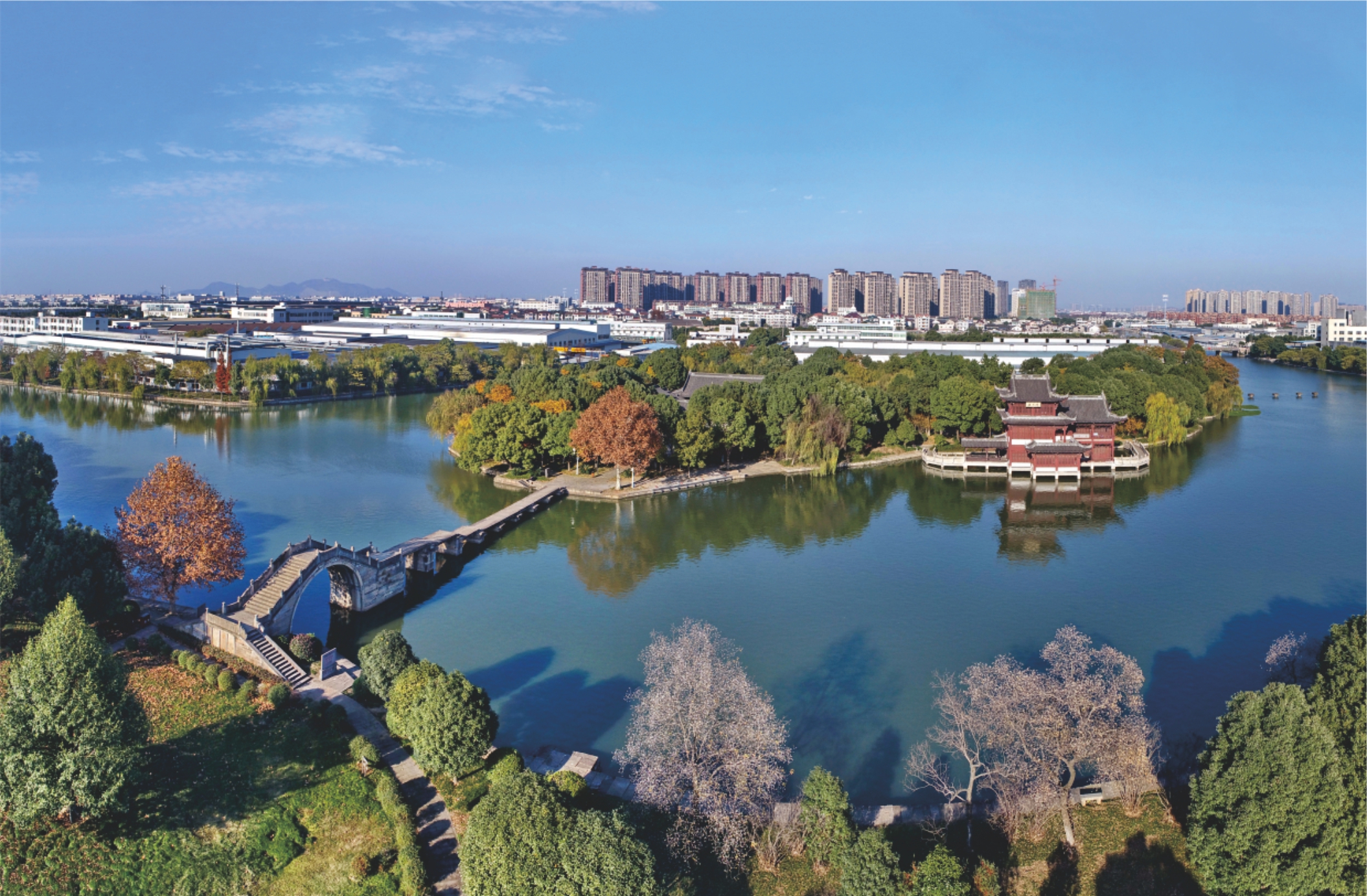
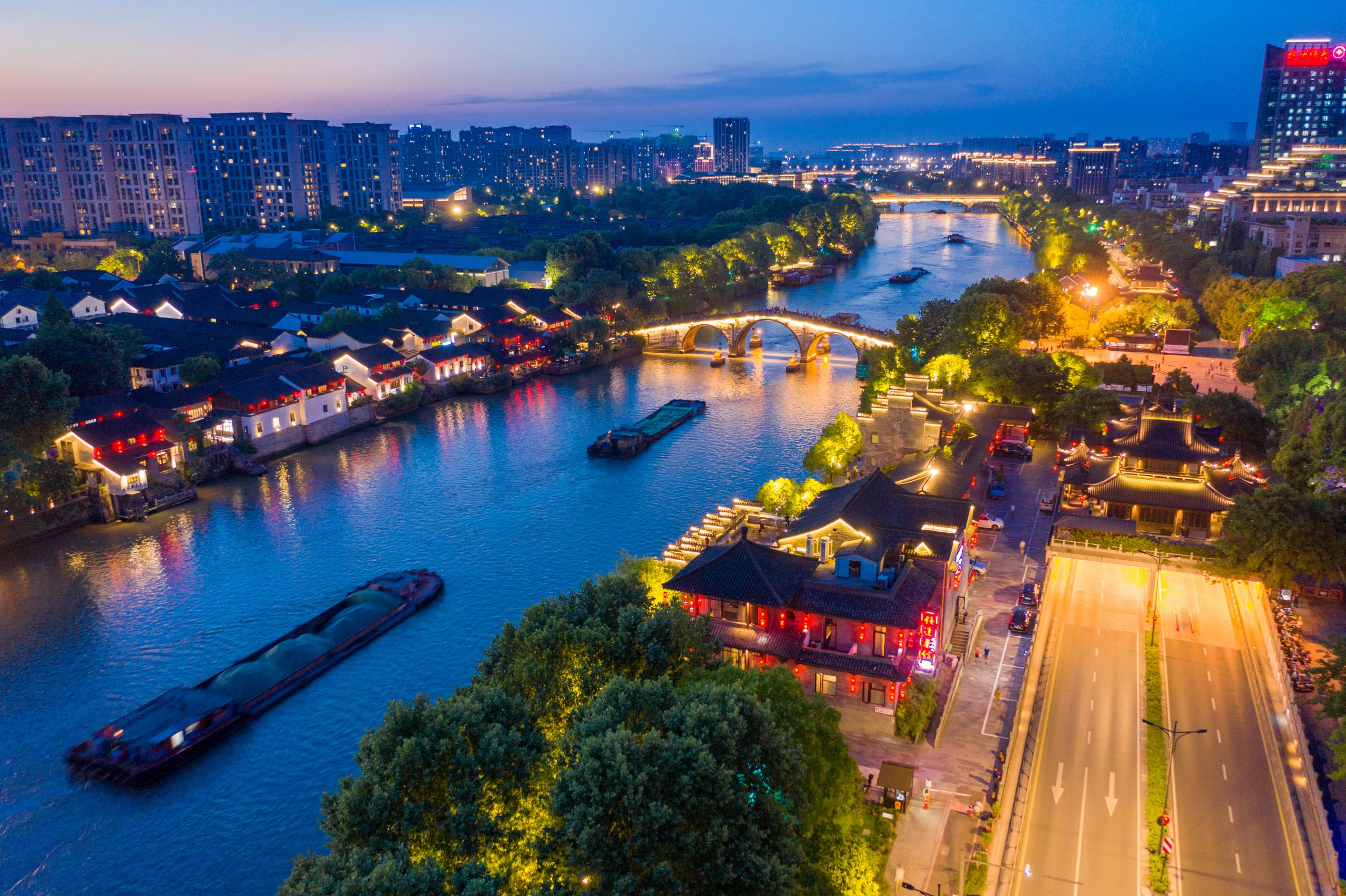
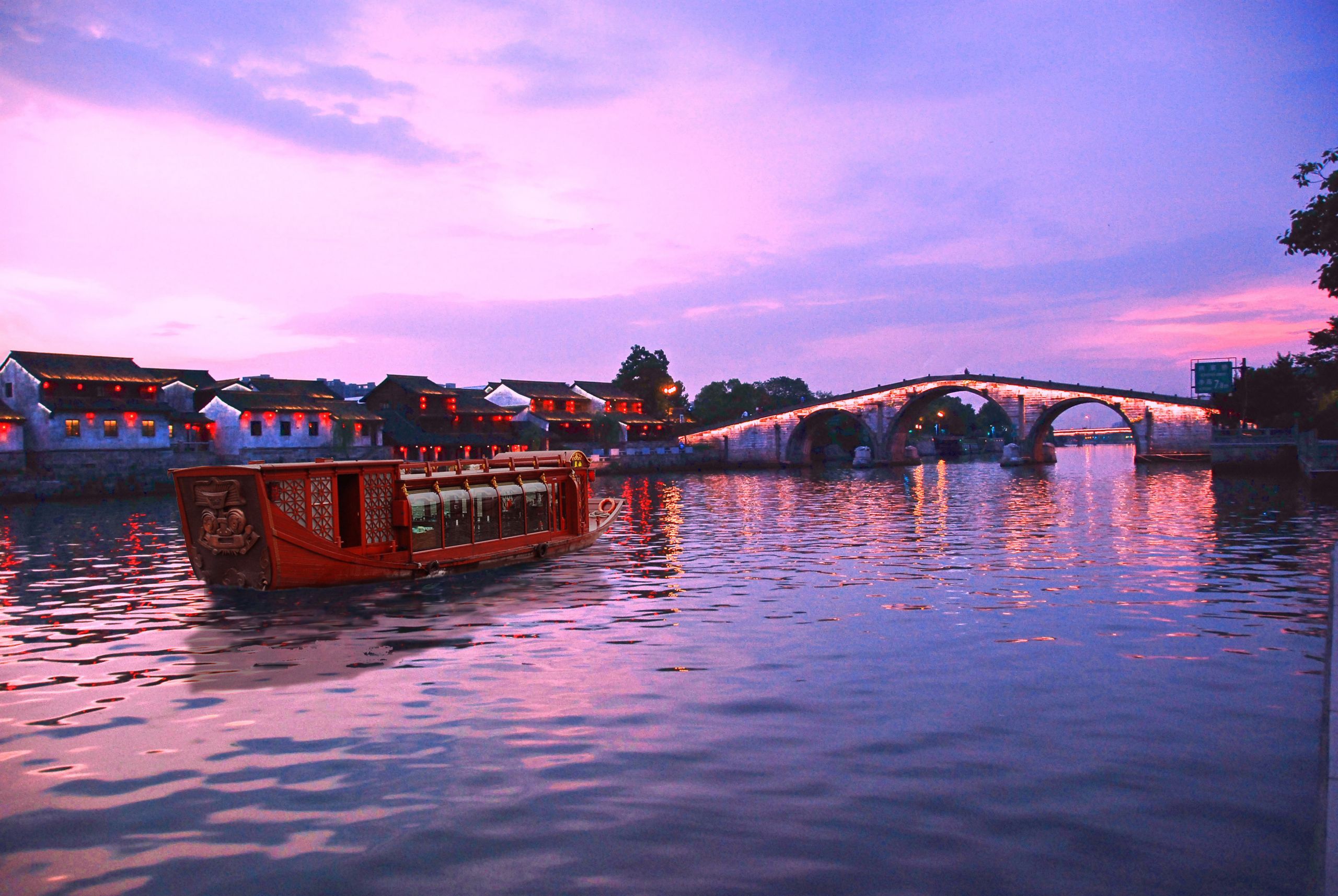
之頔塘故道.jpg)
